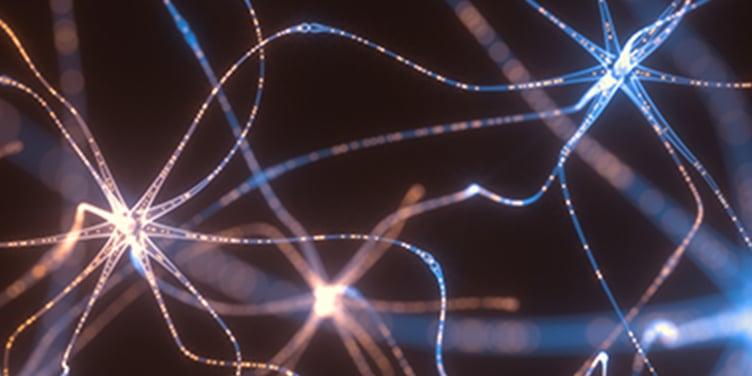
肌红蛋白 blood test
定义
The myoglobin blood test measures the level of the protein myoglobin in the blood.
选择的名字
Serum myoglobin; 心脏病 - myoglobin blood test; Myositis - myoglobin blood test; Rhabdomyolysis - myoglobin blood test
How the Test is Performed
A
How to Prepare for the Test
No special preparation 是必要的.
How the Test will Feel
When the needle is inserted to draw blood, some people feel moderate pain. Others feel only a prick or stinging. Afterward, there may be some throbbing or a slight bruise. This soon goes away.
Why the Test is Performed
肌红蛋白 is a protein in heart and skeletal muscles. When you exercise, your muscles use up available oxygen. 肌红蛋白 has oxygen attached to it, which provides extra oxygen for the muscles to keep at a high level of activity for a longer period.
When muscle is damaged, myoglobin in muscle cells is released into the bloodstream. The kidneys help remove myoglobin from the blood into the urine. When the level of myoglobin is too high, it can damage the kidneys.
This test is ordered when your health care provider suspects you have muscle damage, most often of the skeletal muscles. It may also be ordered if you have acute kidney failure without any clear cause.
正常的结果
The normal range is 25 to 72 ng/mL (1.28 to 3.67 nmol / L).
Note: Normal value ranges may vary slightly among different laboratories. Some labs use different measurements or may test different samples. Talk to your provider about the meaning of your specific test results.
What Abnormal Results Mean
An increased level of myoglobin may be due to:
心脏病 Malignant hyperthermia (很少)-
Disorder that causes muscle weakness and loss of muscle tissue (
muscular dystrophy ) - Breakdown of muscle tissue that leads to the release of muscle fiber contents into the blood (
横纹肌溶解 ) - 骨骼肌
肌炎 (炎症) - 骨骼肌 ischemia (oxygen deficiency)
- 骨骼肌 trauma
风险
There is little risk involved with having your blood taken. Veins and arteries vary in size from one person to another, and from one side of the body to the other. Taking blood from some people may be more difficult than from others.
Other risks associated with having blood drawn are slight, but may include:
- Excessive bleeding
- Fainting or feeling lightheaded
- Multiple punctures to locate veins
- Hematoma (blood accumulating under the skin)
- Infection (a slight risk any time the skin is broken)
参考文献
Nagaraju K, Aggarwal R, Lundberg IE. Inflammatory diseases of muscle and other myopathies. In: Firestein GS, Budd RC, Gabriel SE, Koretzky GA, McInnes IB, O'Dell JR, eds. Firestein & Kelly's Textbook of Rheumatology. 11日艾德. Philadelphia, PA: Elsevier; 2021:chap 90.
Selcen D. 肌肉疾病. In: Goldman L, Schafer AI, eds. Goldman-Cecil Medicine. 26日艾德. Philadelphia, PA: Elsevier; 2020:chap 393.
审核日期: 02/28/2023
The information provided herein should not be used during any medical emergency or for the diagnosis or treatment of any medical condition. A licensed physician should be consulted for diagnosis and treatment of any and all medical conditions. Call 911 for all medical emergencies. Links to other sites are provided for information only -- they do not constitute endorsements of those other sites. 版权所有©2019 A.D.A.M.公司., as modified by University of California San Francisco. Any duplication or distribution of the information contained herein is strictly prohibited.
Information developed by A.D.A.M.公司. regarding tests and test results may not directly correspond with information provided by 加州大学旧金山分校健康. Please discuss with your doctor any questions or concerns you may have.





